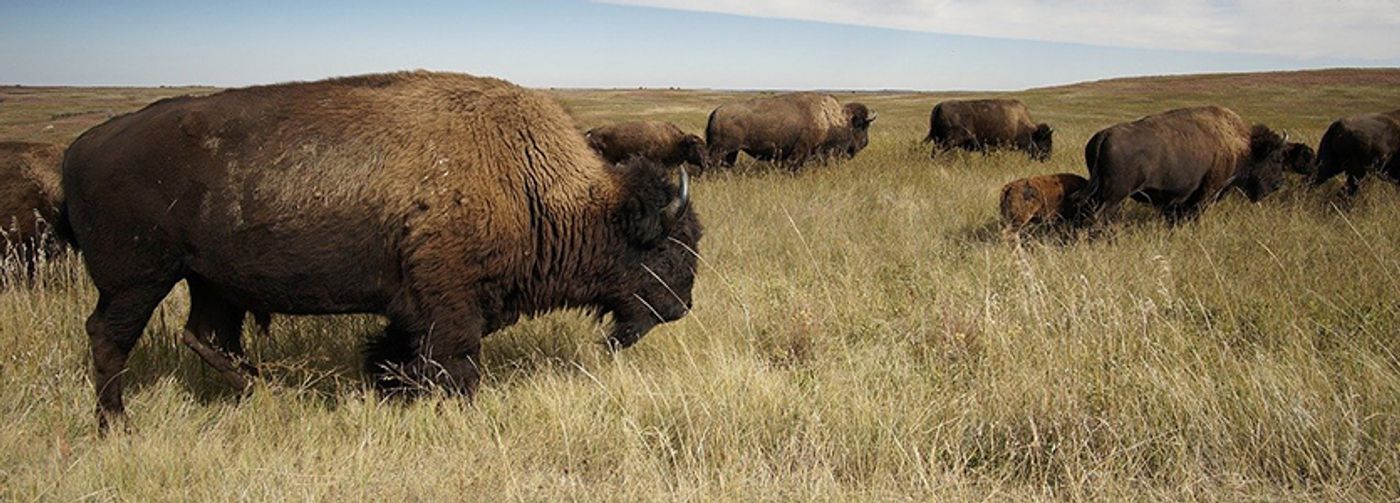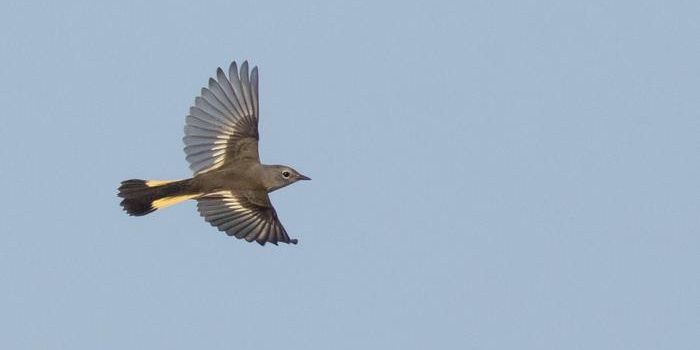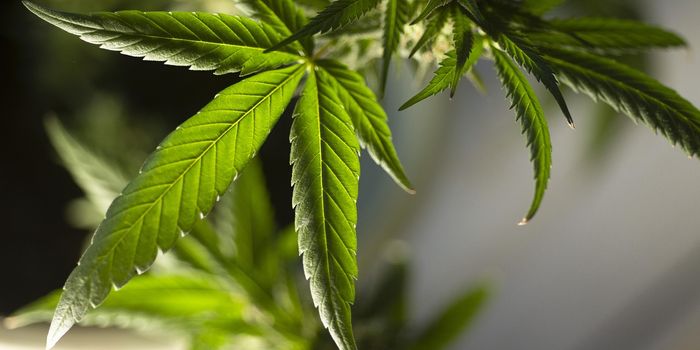Tracking the Iconic American Bison
The Great Plains of Montana are home to one of the United States' largest land restoration projects, known as the American Prairie Reserve (APR). According to the Reserve's website, this project's ultimate goal is to build the largest wildlife reserve in the lower 48-states, comprised of public and private lands resulting in a fully functioning nature reserve.
A primary goal of this Montana-based nonprofit organization is to rebuild regional animal populations, including bison. According to APR, only about 20,000 bison exist in herds, and most of them are part of conservation projects. Before being hunted to near extinction in the 1800s, bison were a vital part of the prairie ecosystem. According to Hila Shamon, a conservation biologist with the Smithsonian Conservation Biology Institute (SCBI), bison operate as landscape engineers by grazing, breaking up dirt with hooves, and creating wallows during dust baths. These actions result in ecosystem features that help other prairie species thrive. Although the population is slowly recovering, it is not enough for them to have significant impacts on their ecosystem.
In partnership with APR, the Smithsonian Conservation Biology Institute is studying this region's bison to understand herd movement and behavior better. In January of this year, the SCBI team visited the Reserve to tag bison. Before this study, the SCBI team used GPS collars. However, the expense of the collars prohibited tracking large groups of bison.
For this project, the team used ear tags initially intended for cattle but modified for bison and considered cheap by research standards at less than $50 each. Because they can tag more bison at a lower cost, the team can track herds rather than individuals to help understand these social mammals' behaviors and movements. According to SCBI, the group of 25 staff fitted 89 bison with tags over four days.
The tags provide nearly real-time data and positions are updated once an hour. SCBI reports that initial data shows the bison roaming throughout all 26,000 acres of the managed reserve region. In addition to supporting long term research goals, the real-time data can help Reserve management react quickly to any impending danger to the herds, such as floods or fires.
Sources: American Prairie Reserve, Smithsonian Conservation Biology Institute










